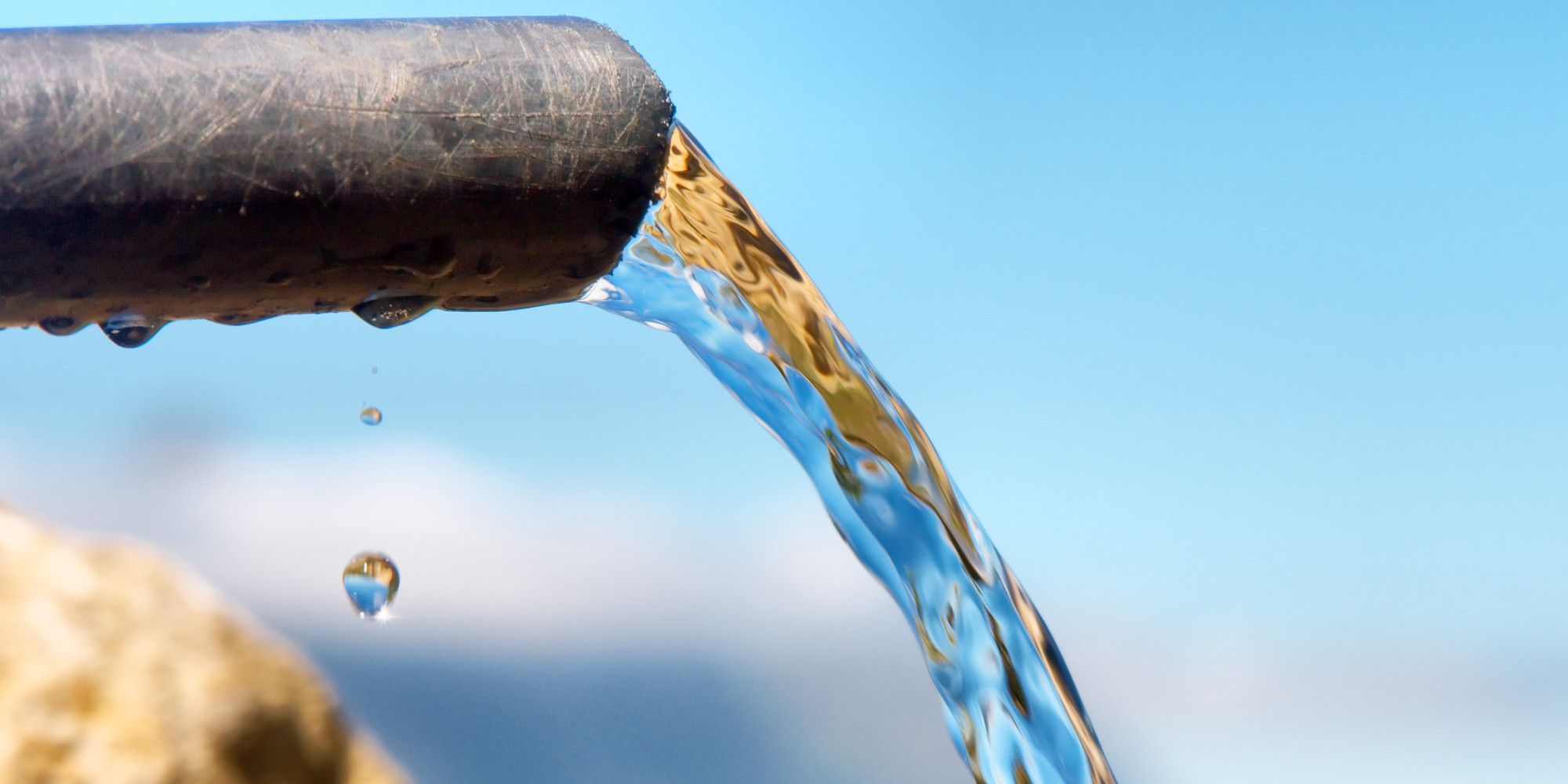America’s Clean Water Act and the effects of a Trump repeal
The Clean Water Act (CWA) has been the United States’ governmental gateway for safe drinking water since it officially came to fruition in 1972. But in recent months, the CWA has been plaguing headlines with President Donald Trump’s order to review the Clean Water Rule, a provision of the 1972 Clean Water Act, with the aim of repealing it.
What are the implications of this to clean drinking water and to environmental protection? This question has been the focus of much debate in recent months, but in order to really understand the implications of President Trump’s repeal of the Clean Water Rule, we should look back at what the CWA really means.
The Clean Water Act and the Clean Water Rule
The history of the Clean Water Act begins in 1948 with the United States’ first attempt at legally addressing the issue of water pollution— the Federal Water Pollution Control Act. As the problem of water pollution continued to spiral out of control, a series of amendments were implemented in 1972, manifesting into what is now known as the Clean Water Act. It was officially passed into law the following year. Since 1972, there have been two other amendments (in 1981 and 1987) without any reassessment of the CWA and its success or failures since 1987 (a fact that has many environmentalists raising their eyebrows).
One of the provisions of the 1972 CWA is the Clean Water Rule, which specifies the water protection of wetlands and streams. In 2015, after years of the Clean Water Rule fostering confusion as to the specifics of which water bodies the government would be able to regulate, former President Barack Obama finalized the Clean Water Rule. This was not without intense scrutiny and opposition from the political right and the farmers, pesticide makers, and property owners on both sides of the political spectrum. Republicans believe that Obama exercised “executive overreach” by finalizing the Clean Water Rule, as it allegedly sacrificed economic prosperity and jobs for Americans.
Nonetheless, in its totality, the CWA, along with the Clean Water Rule, under the jurisdiction of federal law, protects larger bodies of water, along with an extensive list of wetlands and streams — a total of 60 per cent of the nation’s water bodies — from a wide-range of specified pollutants: including sewage, radioactive materials, and garbage. This has ensured that Americans are drinking water that is safe and treated, and has additionally protected wildlife. The Environmental Protection Agency (EPA) has the authority to implement and regulate the CWA, and has done so in the past using a range of strategies to regulate industries and nonpoint origins of pollution.
The Clean Water Rule and Donald Trump
It is no surprise that once a Republican came to power in the White House, it was unlikely that the CWA would remain unscathed, especially when that Republican is none other than President Trump. On February 28, Trump ordered a review of the Clean Water Rule, with the goal of placing further restrictions on the streams and wetlands that would be regulated by the EPA, demanding that the agency rescind and rewrite the regulations.
Professor James Salzman, a professor of environmental law at the University of California, suggests that smaller “ephemeral and intermittent streams” that primarily flow when it rains would probably be the victim of the loss of pollutant regulation. Unfortunately, scientists have proven that these streams are integral in connecting to water resources that citizens draw their drinking water from. The EPA estimates that 1 in 3 Americans – or 117 million Americans – drink water that at least partially relies on these streams that the Clean Water Rule presently protects.
According to Trump’s order, restricting the Clean Water Rule will encourage economic growth. However, it is obvious that this will be at the expense of water safety for both wildlife and Americans. Presently, his order only puts Obama’s Clean Water Rule on hold, but its full implications, health or otherwise, will only be known once the next provisions are finalized.
Featured photo courtesy of the Huffington Post

